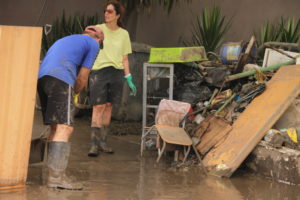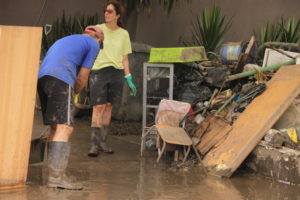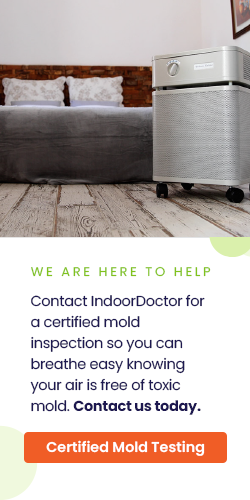Is Bleach effective after flooding? Hurricanes Harvey and Irma are catastrophically hitting storms that bring most of lives down. It’s actually the strongest storm to make landfall in the United States. Flood water will likely be heavily contaminated by sewage and toxic pathogens, so diarrhea, parasitic infections, viral infections from Hepatitis A and bacterial infections from E. coli, Salmonella, etc. can breakout.

Avoid using bleach for flood damage. As water becomes contaminated after hurricanes, it becomes essential to clean it. Bleach is one of the most inexpensive household cleaners that is used to purify water but unfortunately most of are not aware of health risks from using bleach.
The biggest limitation of using bleach in cleaning water and other objects is that it has a high vapor pressure. The vapors from bleach are organic chemicals that have a high velocity to evaporate in air leading to headaches, throat irritation and can even cause nausea and vomiting if you are exposed for extended periods. It can also make it difficult to breathe.
It should be noted that bleach is not efficacious against mold on porous surfaces. Bleach may kill the mold, but the dead mold particles may still be toxic and induce illness, especially to those who’re susceptible to mold.
One of the real dangers of bleach comes to happen when it is mixed with ammonia. The blend of these two compounds creates toxic fumes that are highly irritating to eyes, nose, throat and lungs. It causes damages to your cells and should not be used by people who are asthmatic and afflicted with cardiovascular problems. It can also cause death if levels get too high.
What are the Better Options to Be Used If Bleach is Not That Safe?
Though, bleach is inexpensive to use but unfortunately it has several hazards. So instead of bleach, you should emphasize on use of a quaternary disinfectant like Lysol. The biggest advantage of quaternary disinfectant is excellent wide spectrum germ killing ability, low toxicity, simple to use, no odor and safe on mostly all surfaces. Quat will also not change the taste or odor of food. The dwell time of these disinfectants is about 20 to 30 seconds.
Use Personal Protective Equipment
The sanitizers and disinfectants can clean up the surface but still some toxic residues could remain that can affect your health. For instance, tiny particles in air can irritate eyes, skin and affect lungs. Therefore, in order to abate the risk, use personal protective equipment such as gloves, safety glasses and shoes, hard hats, respirators, earplugs or muffs or coveralls, vests and full body suits.






